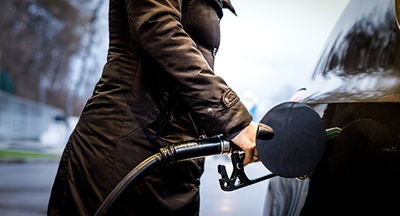The recent run of daily one- to four-cent price increases slowed heading into the weekend of Jan. 28-29, with prices dipping slightly to start the week of Jan. 30.
However, increased demand and higher global oil prices pushed the national average for a gallon of gas up eight cents since the previous week to $3.50.
“January’s weather was relatively mild in much of the nation, which led to more drivers hitting the road. However, a return of wintery conditions in February may see a revival of seasonal driving patterns,” said Andrew Gross, AAA spokesperson. “But with the cost of oil stubbornly hovering around $80 per barrel, drivers probably won’t catch a big break at the pump over the next week or two.”
According to data from the Energy Information Administration, gas demand rose slightly from 8.05 to 8.14 million b/d over the week before Jan. 30. Meanwhile, total domestic gasoline stocks increased by 1.7 million bbl to 232 million bbl. Rising gas demand and elevated oil prices have contributed to higher pump prices.
The Jan. 30 national average of $3.50 is 33 cents more than a month ago and 14 cents more than a year ago.
The nation’s top 10 largest weekly increases: Colorado (+18 cents), Florida (+15 cents), Kansas (+15 cents), Georgia (+14 cents), Tennessee (+13 cents), Illinois (+12 cents), Alabama (+12 cents), Minnesota (+12 cents), Iowa (+12 cents) and Wyoming (+11 cents).
The nation’s top 10 most expensive markets: Hawaii ($4.93), California ($4.55), Washington ($4.12), Nevada ($3.98), Colorado ($3.83), Pennsylvania ($3.79), Oregon ($3.77), Alaska ($3.74), Illinois ($3.68) and Washington, D.C. ($3.62).
Source: AAA









